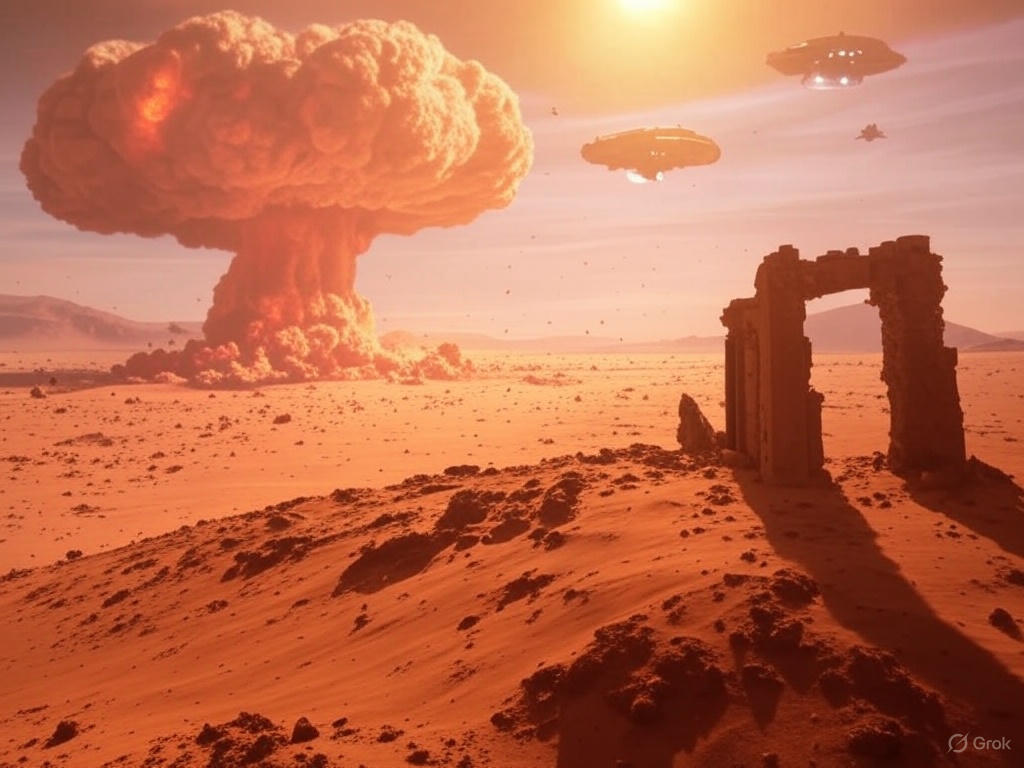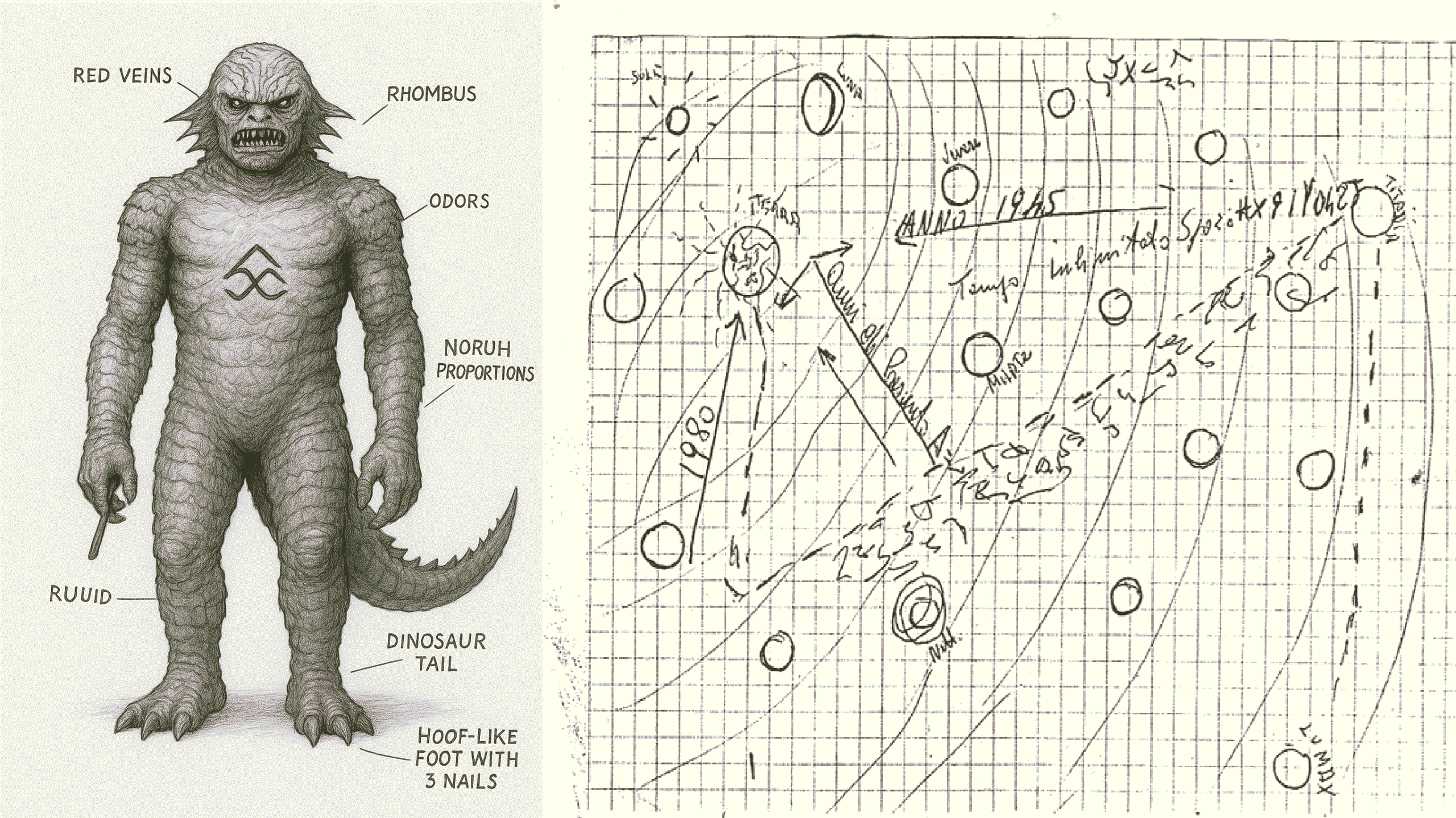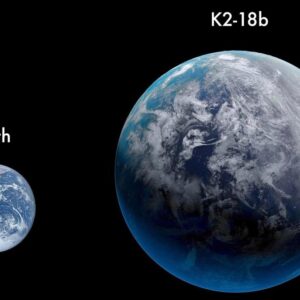It sounds like something straight out of a science fiction movie: aliens launching a nuclear strike on Mars, obliterating an ancient civilization. But surprisingly, this theory hasn’t just been the subject of novels or films. It has been proposed seriously by a physicist who suggests that Mars once hosted intelligent life—until it was wiped out in a catastrophic event.
In this article, we’ll explore what the theory claims, the evidence presented in its favor, why most scientists remain skeptical, and what the implications would be if it ever turned out to be true.

What Is the Theory About?
The theory originates from physicist Dr. John Brandenburg. He proposes that Mars once supported a flourishing and intelligent civilization, and that this civilization met its end due to a massive nuclear event—possibly initiated by extraterrestrial forces.
According to Brandenburg, there are specific indicators pointing to this scenario:
- Elevated levels of Xenon-129 in the Martian atmosphere.
- Certain surface features on Mars that resemble nuclear blast zones.
- The planet’s reddish tint, which he suggests could be the result of radioactive fallout.
In contrast to the common perception of Mars as a cold, lifeless desert, this theory paints a vivid picture of a planet with a vibrant past—one violently erased by an unknown aggressor. While highly speculative, it invites us to rethink what we know about Mars and the possibilities of advanced life beyond Earth.
The Evidence Behind the Claim
Dr. Brandenburg supports his theory with several key pieces of observational data, though many of them are open to interpretation.
1. Presence of Xenon-129
Xenon-129 is a rare isotope that is known to be produced in large quantities during nuclear fission reactions. Brandenburg argues that the concentration of this isotope in the Martian atmosphere is unusually high and comparable to what one might expect after the detonation of hydrogen bombs on Earth. He sees this as a fingerprint of an artificial nuclear event.
2. Surface Features Resembling Blast Zones
Brandenburg points to specific surface formations on Mars that he believes mimic the appearance of nuclear explosion sites. Large craters with surrounding debris patterns, in his view, may not simply be from meteor impacts but rather evidence of targeted strikes. He even identifies two locations—Cydonia and Utopia—where he believes the explosions may have occurred.
3. Mars’ Red Color
While mainstream science attributes Mars’ red color to the presence of iron oxide in the soil, Brandenburg proposes an alternative explanation: that the reddish hue may be the result of radioactive fallout blanketing the planet after nuclear detonations.
Why Scientists Are Skeptical
Despite the intriguing nature of the theory, most scientists are not convinced. There are several reasons for the widespread skepticism.
Natural Explanations for Xenon-129
Though Xenon-129 can result from nuclear fission, it can also form through natural processes, such as interactions between cosmic rays and the atmosphere or as a byproduct of volcanic activity. These natural explanations are well-supported by models of planetary formation and atmospheric science.
Geological Features Have Earthly Analogues
The surface features Brandenburg identifies as blast zones have been studied in detail and are largely consistent with known natural processes. Volcanic eruptions, massive dust storms, and asteroid impacts have all played significant roles in shaping Mars’ landscape over billions of years. Without direct evidence of artificial structures or artifacts, the blast-zone interpretation remains speculative.
Lack of Physical Evidence of Civilization
Perhaps the most significant gap in the theory is the complete absence of direct evidence for an intelligent Martian civilization. No tools, buildings, or any kind of artificial constructs have been found. Until such evidence is discovered, mainstream science will continue to treat this theory as speculative at best.
Exploring the Implications
Despite the lack of concrete evidence, the theory does raise fascinating questions. If an advanced civilization once existed on Mars and was destroyed by nuclear warfare—whether caused by internal conflict or an alien attack—it would change everything we understand about the cosmos.
First, it would confirm that intelligent life can and has evolved beyond Earth. Second, it would suggest that advanced civilizations may be vulnerable to violent ends, possibly hinting at broader galactic threats or a tendency toward self-destruction.
It would also change the way we conduct planetary exploration. Rather than focusing solely on microbial life, future missions might prioritize archaeological studies—looking for ruins, tools, or radiation signatures that could indicate ancient technological activity.
The Future of Mars Research
Ongoing Mars missions offer the best hope of shedding light on these mysteries. Rovers such as NASA’s Perseverance and upcoming missions from the European Space Agency are studying the planet’s geology, atmosphere, and potential for past life.
These efforts could eventually confirm or debunk some aspects of Brandenburg’s theory. For example, better atmospheric measurements may help clarify the origin of Xenon-129. Geological studies may uncover evidence of ancient habitats or biosignatures. Even if nothing supports the theory of a nuclear attack, such missions will bring us closer to understanding whether Mars once hosted life.
Final Thoughts
The idea of a nuclear attack wiping out life on Mars is undeniably dramatic and imaginative. While most scientists regard it as speculative and unsupported by current evidence, it captures the public imagination and serves as a reminder of how much we still don’t know about our planetary neighbor.
Science often begins with bold questions. While this theory may never be proven true, it encourages open-mindedness and continued exploration. Who knows what secrets Mars still holds beneath its dusty surface?
References
- NASA Mars Exploration Program
- Scientific American – Mars’ Ancient History
- Space.com – Mars Atmosphere Studies

